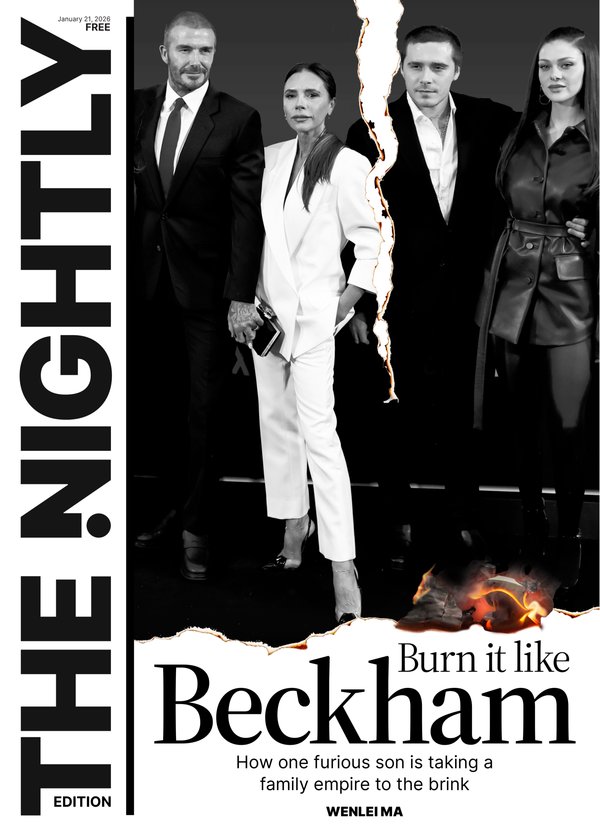Australia’s best and worst states for renters revealed in new market research data

New South Wales has taken the top spot as the state with the worst suburbs for renters, according to new data.
NSW recorded a whopping 12 suburbs rated 100-out-of-100 on the recent Rental Pain Score Index, compiled by market research brand SuburbTrends.
Queensland was not far off with 10 suburbs. South Australia had six, Western Australia had four, Victoria had two, and Tasmania just one suburb.
Sign up to The Nightly's newsletters.
Get the first look at the digital newspaper, curated daily stories and breaking headlines delivered to your inbox.
By continuing you agree to our Terms and Privacy Policy.Tweed Heads South was ranked as NSW’s worst suburb for renters with average rents increasing by 11 per cent over the past year, and a giant average of 69 per cent of renters’ income in the area being spent on rent.
Greenacre - North took the unenviable silver, with the Bass Hill and Georges Hall communities came third.
The Rental Pain Index is a metric used to provide a measure of the challenges faced by renters, compiled by property data analyst Kent Lardner.
The index is scored on a scale of one to 100, with a score of 100 being the worst conditions for renters, and a score of 1 being the best conditions.
Clear Island Waters, Coombabah and Bribie Island were the worst suburbs for rental affordability in Queensland, while Mornington West, Rosebud and Doncaster all made the top of the list for Victoria.
Western Australia had the highest average 12-monthly rental increase at 16 per cent, while South Australia now has the highest rental pain score overall with a score at 85, up from 82 last month after rental prices rose by 11 per cent, with an estimated 32 per cent of renters’ income being spent on rent.
Despite the new data showing a slight easing in rental price increases in some areas, Lardner warns against viewing slower rental price growth as an indicator of improvement, stating that Australia’s rental crisis remains “far from resolved”.
“Focusing solely on rent increases can be misleading,” he said.
“Even in areas where price hikes have eased, many renters continue to face severe affordability issues, with rent consuming well over 30 per cent of household income. This is especially true across numerous local government areas (LGAs), where vacancy rates remain critically low, exacerbating competition for already scarce rental properties.
“The slowing pace of rental increases does not mean the crisis is over—it simply means the pressure has shifted slightly, but the overall stress on renters remains severe.”
Lardner said the top 20 LGAs in regions such as Queensland and South Australia continue to report Rental Pain Index scores over 80, showing “entrenched rental stress”, while experts warned lower rental increases did little to alleviate the risk of homelessness when rents remained unaffordable for many.
Competition for housing also remains fierce, with vacancy rates falling below 1 per cent in some areas.
“It’s not just about numbers; it’s about people at risk of losing their homes,” Lardner said.
“The Rental Pain Index data shows that the risk of displacement and homelessness is still very real. Families are being priced out, even in regions where rents aren’t rising as fast. The system continues to fail those who need stable housing the most.”
Lardner said solutions, such as those employed by faith-based organisations such as Sydney Anglican Property (SAP) and Anglicare which are leveraging their underutilised land and buildings, could provide long-term affordable housing solutions.
“Initiatives like SAP’s efforts to develop affordable housing on church-owned land demonstrate the kind of innovative thinking we need,” he said.
“By turning unused spaces into housing, we can start to address the supply-side issues at the heart of this crisis.
“What we need now is for these efforts to be scaled, and for broader policy changes to support sustainable, affordable housing development.”
Originally published on 7NEWS
